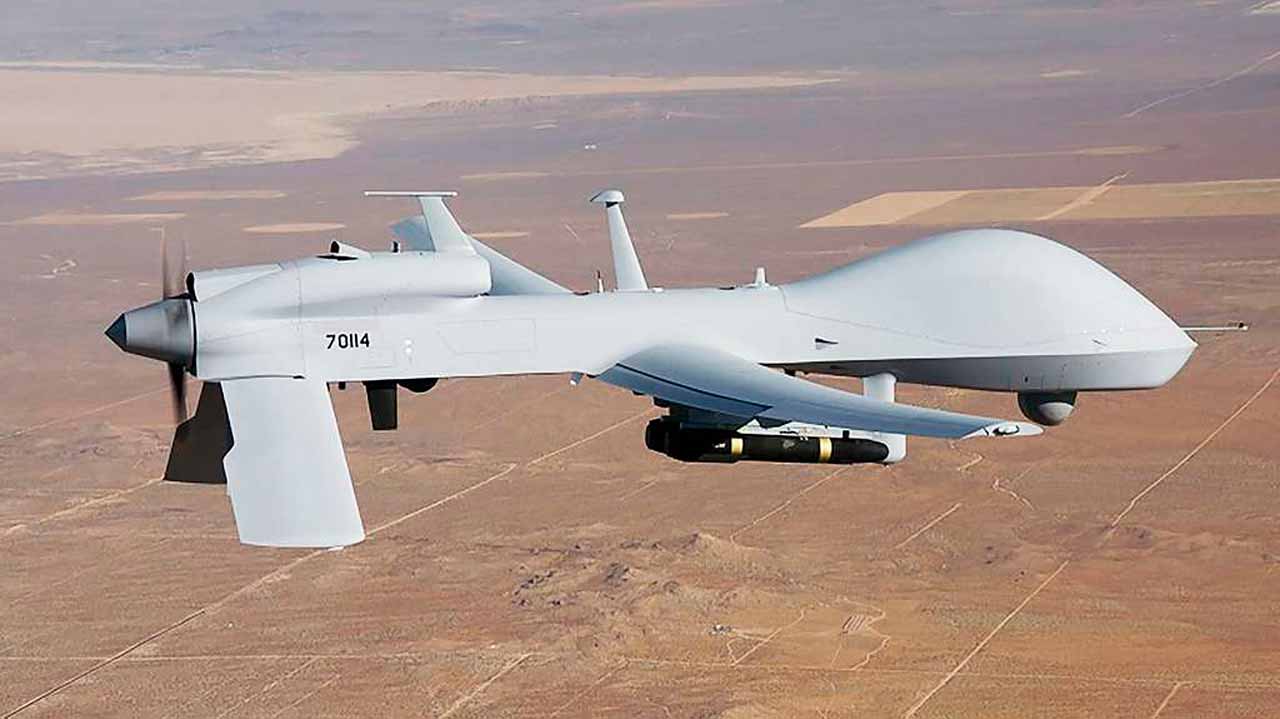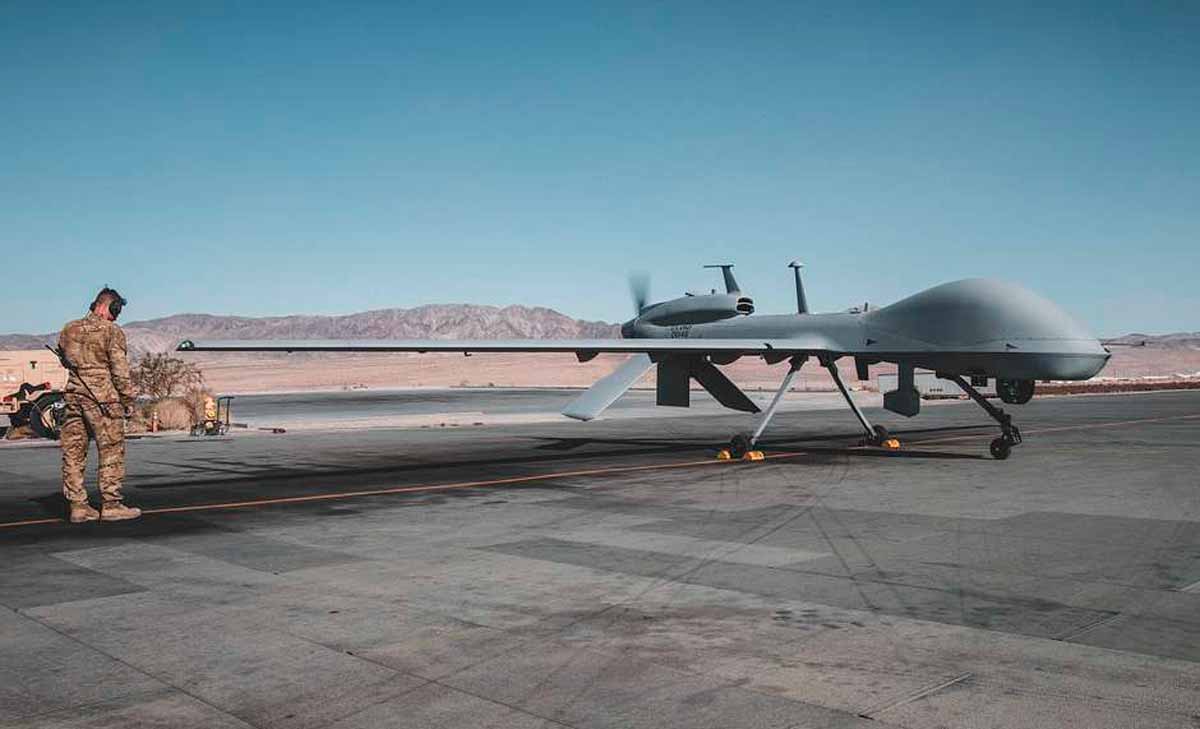

The MQ-1C Gray Eagle is one of the most advanced unmanned aircraft systems (UAS) developed by General Atomics Aeronautical Systems for the United States Army. With a wingspan of 17 meters, the aircraft can carry a payload of 360 kg and can be armed with weapons such as AGM-114 Hellfire missiles and GBU-44/B Viper Strike guided bombs.
+ James Webb reveals incredible details and secrets of the center of the Milky Way
Development and Function
The MQ-1C Gray Eagle is an evolution of the MQ-1 Predator, which was widely used by the U.S. military. It was developed to offer greater range, payload capacity, and flight time compared to its predecessor.
Capabilities
The MQ-1C is capable of performing reconnaissance, surveillance, target acquisition, and attack missions. It can carry a variety of weapons, including Hellfire missiles and laser-guided bombs.


Advanced Technology
Equipped with cutting-edge technology, the Gray Eagle features advanced communication systems and sensors, including infrared and high-resolution cameras for both day and night surveillance.
Autonomy
One notable feature of the MQ-1C is its operational autonomy. The aircraft can be remotely controlled from distant bases or programmed for autonomous flights based on predefined coordinates.
Durability
The MQ-1C Gray Eagle has significant flight endurance, capable of remaining in the air for extended periods—up to 25 hours, depending on the mission and payload configuration.
Combat Applications
The Gray Eagle has been used in various military operations, providing critical support in terms of intelligence, surveillance, and reconnaissance (ISR), as well as attack capability.
Integration with Other Forces
The system can be integrated with other army platforms and systems to provide a comprehensive battlefield view and enhanced decision support for military commanders.
Updates and Improvements
The MQ-1C continues to be updated and improved to address modern battlefield challenges, including enhancements to payload capacity, endurance, and communication systems.
